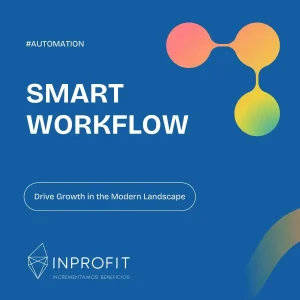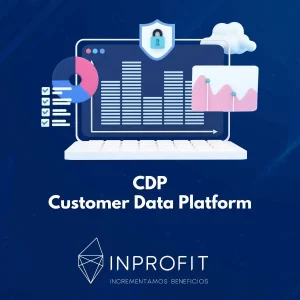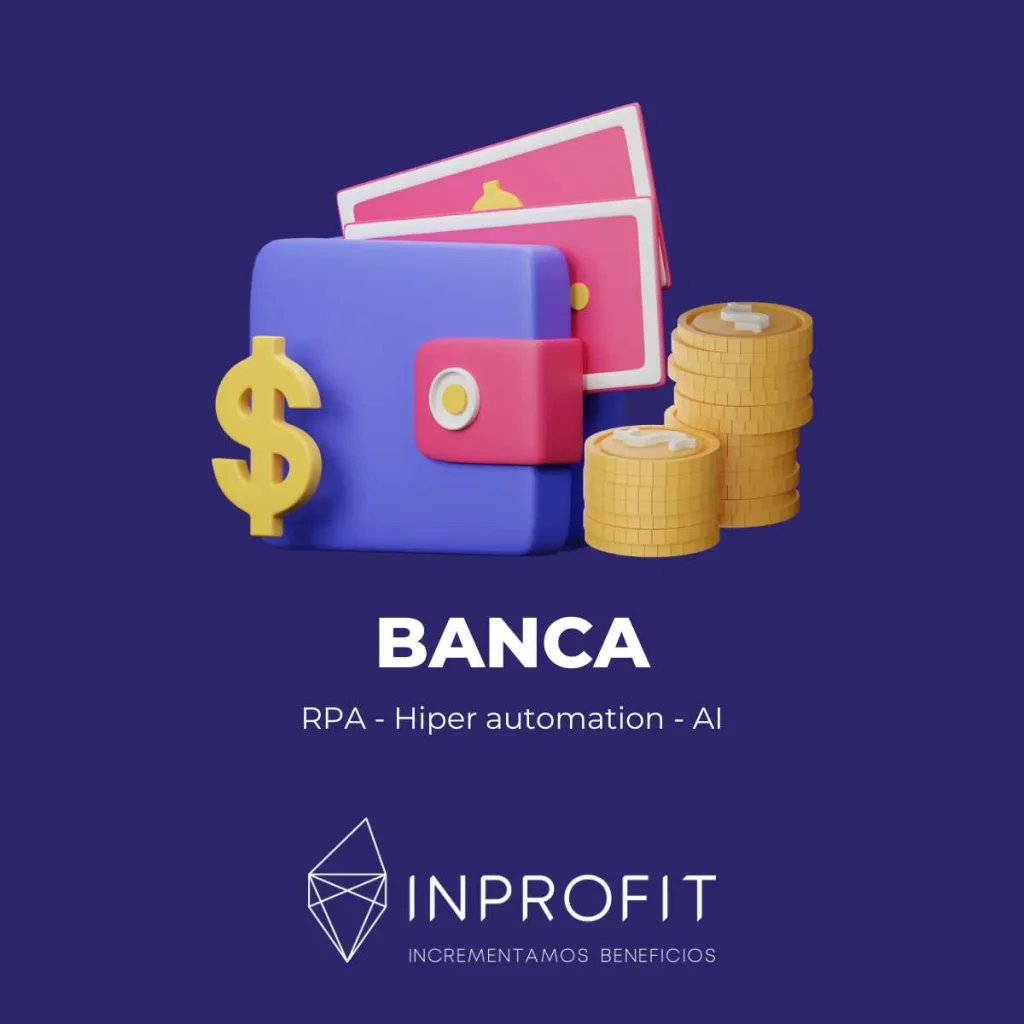These innovations are not only redefining what operational efficiency means in the banking sector, they are also paving the way to a future where financial interactions are faster, more secure and, most importantly, customer-centric.
Table of Contents
ToggleAutomation in Banking
The integration of RPA into banking is comparable to alchemy; it transforms mundane, repetitive processes into pure gold of efficiency and precision. Imagine the daily tasks of data processing, compliance verification and transaction management performed with unerring accuracy and lightning-fast speed, freeing bank employees to focus on delivering exceptional customer experiences. This is the transformative power of PAR.
Hyper-automation: the new frontier
While RPA is impressive in its ability to automate rule-based tasks, Hyperautomation takes this concept to new heights. It combines RPA with artificial intelligence (AI), machine learning (ML), and other advanced technologies to automate not just tasks but entire business processes. In banking, this means everything from automating customer onboarding to risk management and regulatory compliance, all done with unprecedented efficiency and accuracy.
A journey towards efficiency and innovation
The journey towards the adoption of RPA and Hyper-automation in banking is full of promise. Banks that adopt these technologies not only see significant improvements in operational efficiency and cost reductions, but also gain the ability to innovate and offer new services. Automation frees up resources that can be redirected toward developing more personalized financial products and improving the customer experience.
Types of hyper-automation for banking and finance companies
Hyper-automation in the banking and financial sector represents a significant evolution in the way these institutions operate, improve efficiency, reduce costs and enhance the customer experience. It is based on the integration and orchestration of multiple automation technologies, artificial intelligence (AI), machine learning (ML), natural language processing (NLP), and more, to automate processes and tasks that previously required human intervention. The following are some types of hyper-automation that are particularly relevant for banking and finance companies:
1. Robotic Process Automation (RPA)
- Applications: Automation of repetitive, rule-based tasks such as data entry, transaction processing and claims management. RPA can increase accuracy and efficiency in critical processes, reducing errors and processing times.
2. Natural Language Processing (NLP)
- Applications: Improving customer interaction through chatbots and virtual assistants, sentiment analysis in customer communications, and automation of data extraction in unstructured documents such as contracts or financial reports.
3. Artificial Intelligence and Machine Learning
- Applications: Prediction of market trends, personalization of financial services, fraud and money laundering detection, and optimization of investment portfolios. AI and ML enable financial institutions to make more accurate, real-time, data-driven decisions.
4. Blockchain
- Applications: Automation and security in transactions, smart contracts for automating agreements without the need for intermediaries, and improvements in the traceability and transparency of financial transactions.
5. Internet of Things (IoT)
- Applications: Improved asset and risk management through real-time data collection and analysis, personalization of financial products based on customer behavior and needs, and optimization of security in banking transactions and operations.
6. Advanced Data Analysis
- Applications: Predictive analytics for identifying market opportunities, customizing customer services, optimizing risk and compliance strategies, and continuous improvement of internal processes through data-driven insights.
7. Digital Process Automation (DPA)
- Applications: End-to-end business process orchestration, integrating RPA, legacy systems and modern applications into efficient, automated workflows that improve end-to-end banking operations.
Strategic Implementation
For banking and financial companies, the strategic implementation of hyper-automation involves a careful evaluation of processes, identification of areas for improvement, and the gradual integration of technologies that can provide the greatest value. The key is to start with areas with high ROI and expand gradually, always ensuring alignment with the organization’s strategic objectives.














